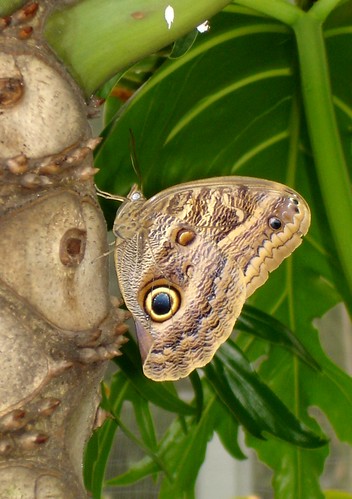The film stars the voices of John Travolta, Miley Cyrus, Malcolm McDowell, Claire Holt, Diedrich Bader, Nick Swardson, Greg Germann, Susie Essman and Mark Walton. The film's plot centers around a small white dog named Bolt who, having spent his entire life on the set of a television series, thinks that he has super powers. When he believes that his human, Penny, has been kidnapped, he sets out on a cross-country journey to "rescue" her. The film is directed by Chris Williams, who previously worked on Mulan and The Emperor's New Groove.
Bolt was released on November 21, 2008, and received an 85% "Certified Fresh" approval rating from review aggregator Rotten Tomatoes and was rated PG by the MPAA for some mild action and peril, and is Walt Disney Animation Studios' first computer-animated film to be rated PG since 2000's Dinosaur. As with earlier CGI Disney films, such as Chicken Little and Meet the Robinsons, Bolt was also distributed in Disney Digital 3-D in the theaters equipped for it.
The film was released in the UK on February 6, 2009 in 3D format on approximately 100 screens, and was widely released in 2D the following week.
Plot
A girl named Penny and a dog named Bolt star on a hit television series called Bolt in which the titular character has various superpowers and must constantly thwart the evil plans of the nefarious Doctor Calico. To gain a more realistic performance, the TV show's producers have deceived Bolt his entire life, arranging the filming in such a way that Bolt believes the television show is real and he really has superpowers. After filming completes for the latest episode, Bolt escapes from his on-set trailer mistakenly believing Penny has been kidnapped by the television villain. He attempts to break through a window, knocking himself unconscious as he falls into a box of styrofoam. With no one aware Bolt is in the box, it is shipped from Hollywood to New York City. In New York, he meets Mittens, a female alley cat who bullies pigeons out of their food. Bolt, convinced this is another adventure, forces Mittens to help him get back to Hollywood, and the two start their journey westward. Meanwhile, in Hollywood, Penny is deeply saddened over Bolt's disappearance but is forced by the studio to continue filming with a Bolt lookalike. As their adevnture proceeds, Bolt starts to notice that his superpowers aren't working, and rationalizes this is the effect that styrofoam has on his body.
Surprised at his first feelings of both pain and hunger, Bolt is shown by Mittens how to act like a cute but needy dog, and is rewarded by food. They meet Rhino, a fearless, TV-obsessed hamster and huge Bolt fan who joins their team. Mittens tries to convince Bolt that his superpowers aren't real, but their discussion is cut short by the arrival of Animal Control, who captures them both and transports them to an animal shelter. After being freed en route by Rhino, Bolt finally realizes that he is just a normal dog, but regains his confidence after Rhino (oblivious to this revelation) gives him a pep talk. They rescue Mittens from the shelter and escape, allowing them to continue their journey. Along the way, Bolt learns to enjoy typical dog activities (such as hanging his head out the window), but Mittens refuses to go farther than Las Vegas. She tells Bolt that his Hollywood life is fake and there is no real love for him there. Her emotional rant reveals that she was once a house cat, but was abandoned by her previous owner and left to brave the harsh streets alone and declawed. Bolt refuses to believe that Penny doesn't love him, and continues on alone, wishing Mittens the best. Rhino convinces Mittens that they must help him, and the two set off to find Bolt once again.
Bolt reaches the studio, finding Penny embracing his lookalike. Unaware that Penny still misses him and that her affection for the lookalike was only a part of a rehearsal for the show, he leaves, brokenhearted. Mittens, on a gantry in the studio, sees what Bolt does not - Penny telling her mother how much she misses Bolt. Realizing that Penny truly does love Bolt, Mittens follows Bolt and explains. At the same time, the Bolt-lookalike panics during filming and accidentally knocks over some torches, setting the sound stage on fire and trapping Penny. Bolt arrives and reunites with Penny inside the burning studio, being rescued as they succumb to smoke asphyxiation.
Penny and her mother subsequently quit the show when their agent attempts to exploit the incident for publicity purposes. Penny herself adopts Mittens and Rhino, and moves to a rural home to enjoy a simpler, happy lifestyle with Bolt and her new pets. The show continues, but with a replacement "Bolt" and "Penny", and adopting an alien abduction storyline suggested by a character they met on the way.




































